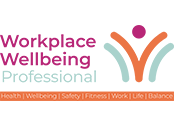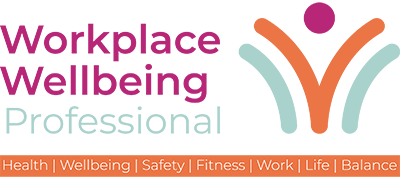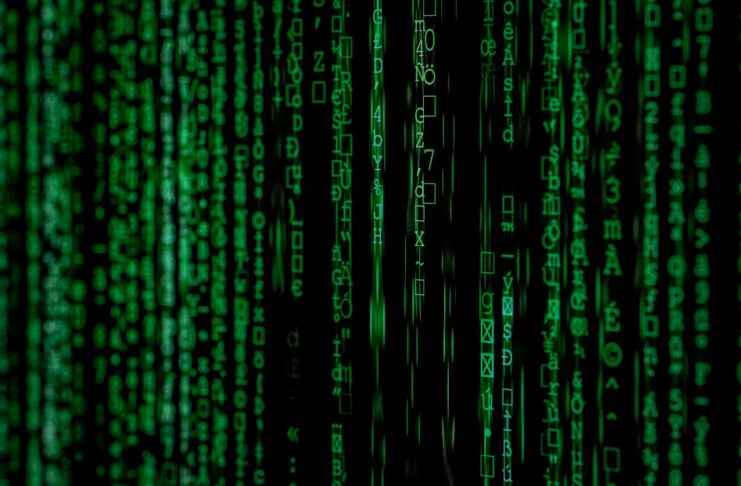Work isn’t supposed to feel this fragmented. Notifications, endless switching between tools, manual updates, and that creeping sense of déjà vu when you’re doing the same task, again, for the third time this week.
Over the years, I, as well as my teams, have felt the pain of constant app-switching, duplicate updates, notifications across many tools, and unclear ownership – and chances are, you have too. This is the kind of workplace exhaustion that wears people down and burns them out, without them fully realising it.
As a product leader, I think about these moments constantly, not just because they impact our output or efficiency but because they directly shape how we experience our working day. I believe wholeheartedly that organisations that pay attention to this friction and actively design it out will attract and retain their best people.
The Invisible Drain on Employee Energy
Digital friction often hides in plain sight. It’s not usually a dramatic system failure or clunky enterprise rollout. It’s the little things like entering the same update in three places, chasing approvals across Slack, email, and meetings, or spending hours searching for a document that should be easy to find. These are the moments that dilute focus and fracture flow. Over time, they add up to more than lost productivity, creating a sense of frustration and disconnection from the work itself.
We often talk about burnout in terms of workload. But just as often, it’s the way we work – whether it’s disjointed systems, duplicated effort, or the lack of clarity that causes stress. Burnout is often about how hard it is to do what we need to do.
That’s why I believe intuitive platforms, thoughtfully designed workflows, and AI-powered tools are no longer just ‘nice to have’ but form an essential part of the infrastructure needed for a healthier, more human way of working.
AI as a Pillar of Wellbeing
There’s a lot of hype around AI right now and plenty of scepticism too. But when you cut through the noise, what excites me most is AI’s ability to remove the repetitive, mindless tasks that sap energy and time. I’m not talking about replacing people or automating creativity but rather automating the admin that is time-consuming and unfulfilling.
Take something as simple as a weekly team status update. I’ve seen managers spend hours pulling data from scattered tools, chasing progress updates, formatting slides, and manually highlighting risks – time they could be using to coach their team or shape strategy. Now, AI can do that heavy lifting in seconds and compile updates or draft a clean summary. That time can be given back to people, and the deep relationship-building work that matters.
When employees aren’t stuck in reactive mode – i.e., when they can work with more intention, clarity, and autonomy – it directly supports mental wellbeing. They feel more in control, less scattered, and more fulfilled. In that way, AI becomes a quiet but powerful pillar of workplace health.
In fact, findings from the recent Global Wellness Institute back up this connection. The report shows how AI doesn’t just boost efficiency but actively enhances wellness by reducing cognitive overload and freeing people up for more meaningful, creative work. But it needs to be thoughtfully integrated. Rather than adding complexity, AI can simplify the day-to-day in ways that make work feel more human and sustainable.
Designing for Clarity, Not Complexity
One of the biggest lessons I’ve learned in building software is that adding more features doesn’t always add more value. Complexity often creeps in under the guise of capability, and it’s well intended – we want people to be able to do more with the tools they use. However, at a certain point, complexity stops enabling people and starts overwhelming them.
That’s why we need to be ruthless about simplicity. This means designing platforms that ‘think like humans do’ and adapt to the way teams actually work. Doing so helps people get into the flow faster and stay there longer. Because when you remove unnecessary barriers, you create space for innovation, collaboration, and maybe most importantly, space to breathe.
The New Metrics of Success
Traditionally, tech investment has been justified through cost savings or productivity gains. Those are still important, but increasingly, I think we need to broaden how we define success.
- Does this tool reduce cognitive load?
- Does it make cross-functional collaboration easier?
- Does it support asynchronous work for better balance?
- Does it leave people feeling more confident and less drained at the end of the day?
These metrics help signal whether your systems are supporting your people or making things harder. In an environment where talent is mobile with evolving expectations, they matter more than ever.
We’re at a pivotal moment. AI is no longer on the horizon, and organisations have a choice: layer it onto already-bloated systems and add more noise, or intentionally invest in platforms that integrate seamlessly, reduce redundancy, and make work feel smoother, smarter, and more human.
When people feel empowered by their tools, they show up differently. They collaborate more easily and solve problems faster. They feel good about their work. That’s what the future of work needs to look like – not just efficient, but energising. It starts by paying attention to the friction we’ve come to accept as normal and refusing to accept it any longer.

Caz Brett is a Sr. Director of Product Management responsible for Smartsheet's Enterprise Administration teams. Caz joined Smartsheet in 2022, prior to which she led product, engineering and design teams at the BBC and a global software development agency.


